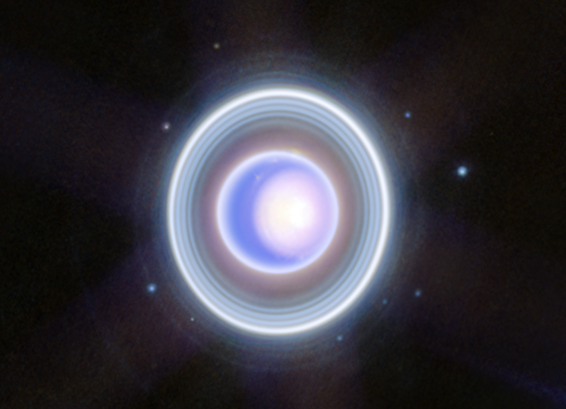this post was submitted on 19 Dec 2023
313 points (98.8% liked)
science
14858 readers
194 users here now
A community to post scientific articles, news, and civil discussion.
rule #1: be kind
<--- rules currently under construction, see current pinned post.
2024-11-11
founded 1 year ago
MODERATORS
you are viewing a single comment's thread
view the rest of the comments
view the rest of the comments

Is this in visible light or are there other spectrums involved? I m just wondering if this is real color.
If im not mistaken The JWST can only see infrared light
https://pawb.social/comment/4828956
Thanks! ^.^
I do not believe JWST has visual spectrum detectors
That's what I thought to. That's why I'm wondering what spectrum this is in, or of it's CGI/edit.
Hi, amateur citizen scientist here.
James Webb space telescope has 2 major imagery instruments, and a couple others for alignment and spectrography. All these instruments are in varying portions of the infrared spectrum.
When making an observation, JWST uses NIRCam, a near-infrared imager, to take a series of images. There are two identical sensors in NIRCam, which capture adjacent portions of the sky in both a short and a long IR channel. There are also two filter wheels that take the images with an array of slitless filters.
Many images also use MIRI, a mid-infrared instrument that generally produces slightly less dazzling (but still amazing) pictures, but very valuable scientific data that allows us to see the most redshifted galaxies. MIRI also has an array of 9 filters. This instrument allows JWST to see farther into the universe than ever before.
But this is only where observations begin. While terabytes of grayscale imagery and spectrographs are invaluable to scientific study, the public usually prefers more artistic presentations of humanity's collective efforts. The image is still authentic - nothing is "edited" or "photoshopped" in the traditional sense. But it takes hours of painstaking work to "shift" the images from infrared into visible light.
After the series of filtered grayscale images are colorized in a way that makes sense in visible light, they are still a series of separate images from monochrome IR filters. An analogy would be to take a long exposure picture with red, yellow, green, blue, purple, violet, and red filters. The images are then overlayed to create a composite, like what you see here. Sometimes MIRI images are added with low opacity to showcase the mid-IR whisps of "dust" in some nebulas (mostly glowing gasses and plasma), invisible to all previous telescopes.
All the raw data from JWST is available as soon as it's fully received and uploaded by NASA at the Mikulski Archive for Space Telescopes (MAST) run by the STScI, for both researchers and hobbyist like me. If you have a lot of storage space and some basic images processing skills (or are willing to spend an afternoon to learn), I highly recommend reading more about the process and trying it yourself.
[Edited to fix broken links.]
This is an awesome explanation, that's a really cool way to process an image. Thanks man, much appreciated.
https://pawb.social/comment/4828956